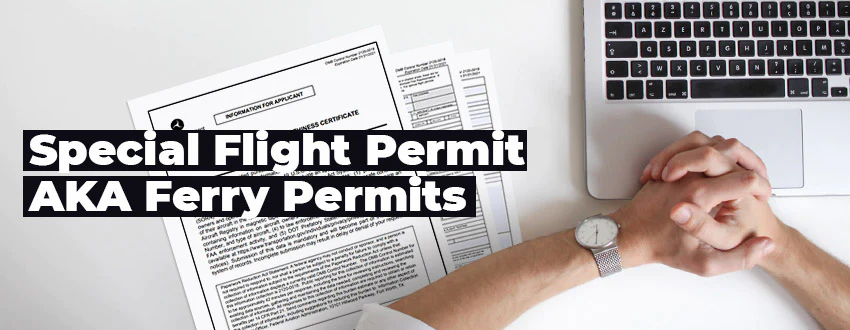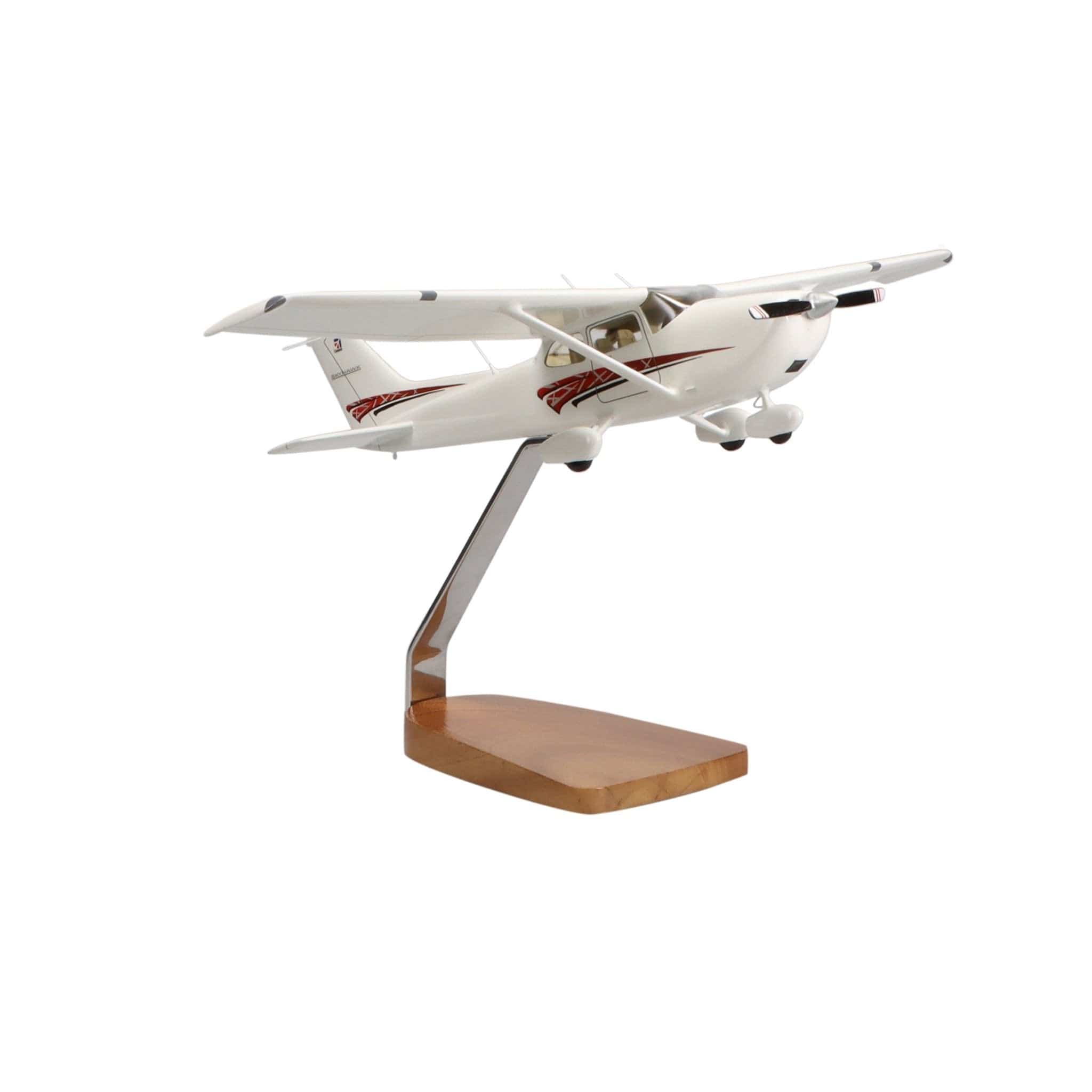You can’t fly an aircraft that’s not airworthy — it’s the law.
This rather black-and-white statement about safe aviation makes sense. But, in reality, the world is not black-and-white. Situations arise that may require you to move a plane that does not meet the legal definition for airworthy.
Fortunately, the FAA understands that and has made a provision for such circumstances called the Special Flight Permit, also known as the ferry permit.
What is a Special Flight Permit?

So, what situations might require a ferry permit?
Consider the following:
- You’re interested in buying a used airplane, but it’s annual inspection has inspired. You need to fly it to a shop where a pre-buy examination can be performed.
- Your annual inspection has expired, and a hurricane threatens to destroy the airport where it’s stored.
- You need to get your plane somewhere where repairs or maintenance can be performed.
- You’re making a long flight over water with no refueling. You must carry as much fuel as possible, but this puts you in excess of your aircraft’s maximum certified takeoff weight.
These are the most common types of situations for your typical pilot. And among these, most ferry flights involve a plane that is probably airworthy but has an expired inspection.
There are some other situations that apply to dealers and manufacturers, including customer demonstration flights and exporting, but we won’t get into those. The FAA knows that this happens, and the ferry permit is an easy solution.
So, if you need a ferry permit, what are you supposed to do?
How to get a Special Flight Permit, or ferry permit
Getting a ferry permit is a pretty straightforward, three-step process.
- First, you need to get in touch with a certified aircraft maintenance technician. Explain your situation and where you want to go. Have him or her examine the plane to determine that it’s “safe to ferry.”
Safe to ferry doesn’t mean the plane meets standards for airworthiness. It just means that the the technician trusts that it’s in good enough condition to make one more flight.
The tech will then need to provide an aircraft logbook endorsement confirming that the plane is safe.
- Second, download and complete FAA form 8130-6. For a Special Flight Permit, you only have to fill out sections I, II, IV and VII.

The form has a variety of fields that will ask you to:
- Describe your airplane, engine and propeller
- Check a box to indicate you are applying for a Special Flight Permit
- State who owns the aircraft
- Describe the proposed ferry flight
- Explain why the airplane doesn’t meet the legal definition of airworthy.
- Third, email or fax the completed form to your local FAA Flight Standards District Office.

The FSDO that has jurisdiction is the FSDO in charge of the airport where your aircraft is currently located.
While it’s not essential, it’s a good idea to include a copy of the safe-to-ferry logbook entry with your form 8130-6 application.
It’s also a good idea to call and confirm that the office has received the form.
When you are approved, the FSDO will email or fax you a Special Airworthiness Certificate or a letter. Both constitute a ferry permit.
You have your ferry permit. Now what?
Generally, Special Flight Permits don’t take long. The FSDOs tend to turn them around within a couple business days. You can expect a standard list of flight restrictions in connection with the permit that usually include:
- You must make the flight within 10 days of the issuance of the permit.
- Daytime VFR flying only.
- You must avoid flying in congested areas.
- You must have the safe-to-ferry logbook entry and Special Flight Permit with you.
- You must comply with any Airworthiness Directives issued by the FSDO.
These are standard restrictions. There could be more. So make sure to read your permit thoroughly.
Before your flight, call your insurance agent
It’s also a good idea to contact your insurance agent before the flight. Many insurance companies request that you confirm your coverage on a ferry flight before you make the flight.
Take Away
In aviation, airworthiness is paramount, but the FAA is understanding with allowing exceptions. The Special Flight Permit, or ferry permit, addresses cases such as these, like expired inspections due to emergencies or repairs.
The process involves a three-step approach: aircraft inspection, completing FAA form 8130-6, and seeking FSDO approval.
Once you manage to obtain it, the permit comes with flight restrictions, such as a 10-day flight window and compliance with safety measures.
It's a great solution for ensuring aircraft movement in scenarios where full airworthiness is temporarily unmet.








1 comment
Ken Hearn
Good info because I could not find how long the permit was good for on the FAA website. Thank you for helping